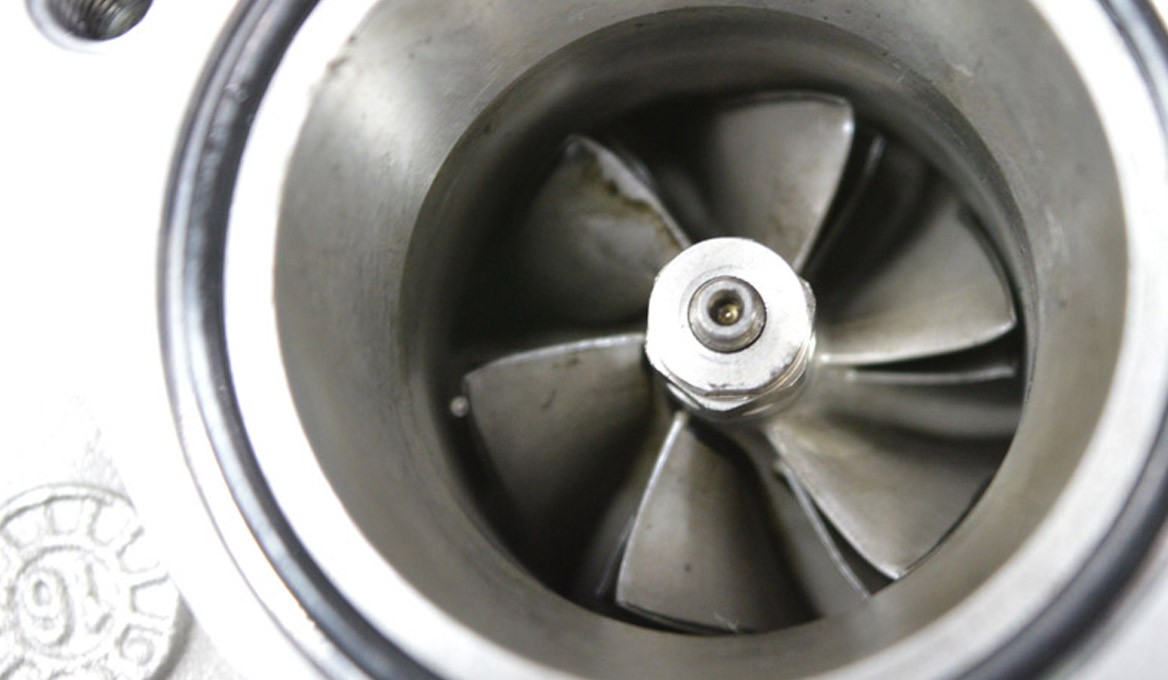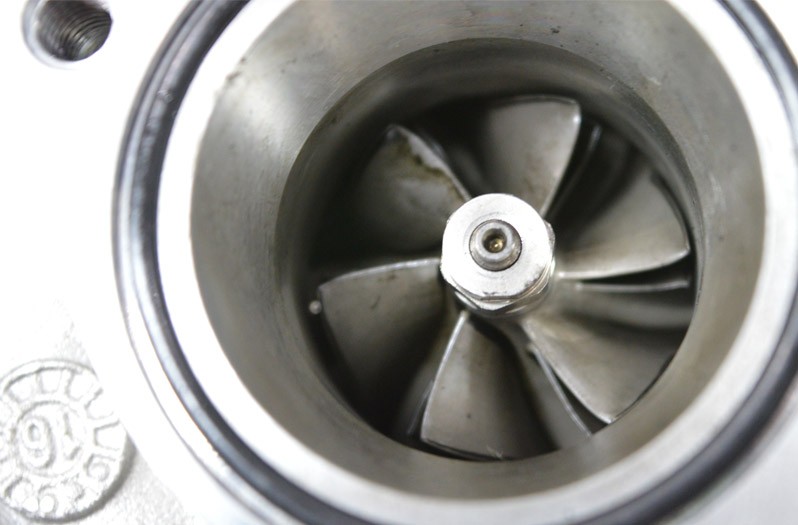Car lighting: a journey through the history of lamps & rear lamps

Let there be light: acetylene lamps and oil lamps (1890s - 1920s)
Revolution with xenon technology (the 1990s)
The introduction of xenon lamps in the 1990s marked a significant technological leap. Xenon lamps, also known as HID (High Intensity Discharge) lamps, provide exceptionally high luminosity and a considerably better colour temperature when compared with halogen lamps. This significantly improved visibility and safety for night driving. In 1992 the first series of HELLA xenon lamps went into production, and just five years later the prototypes of bi-xenon lamps were showcased.
More light = more visibility = more safety – and HELLA has been a leading light for over 125 years
The history of automotive lamps is a fascinating journey that has taken us from simple, flickering lights to highly complex and efficient lighting systems. Over these 125 years, HELLA has made a significant contribution to this development with innovations that have pushed out the boundaries of the possible. And while we await the next generation of vehicle lighting technology, the importance of safe and efficient lighting systems remains central to the future of mobility.
